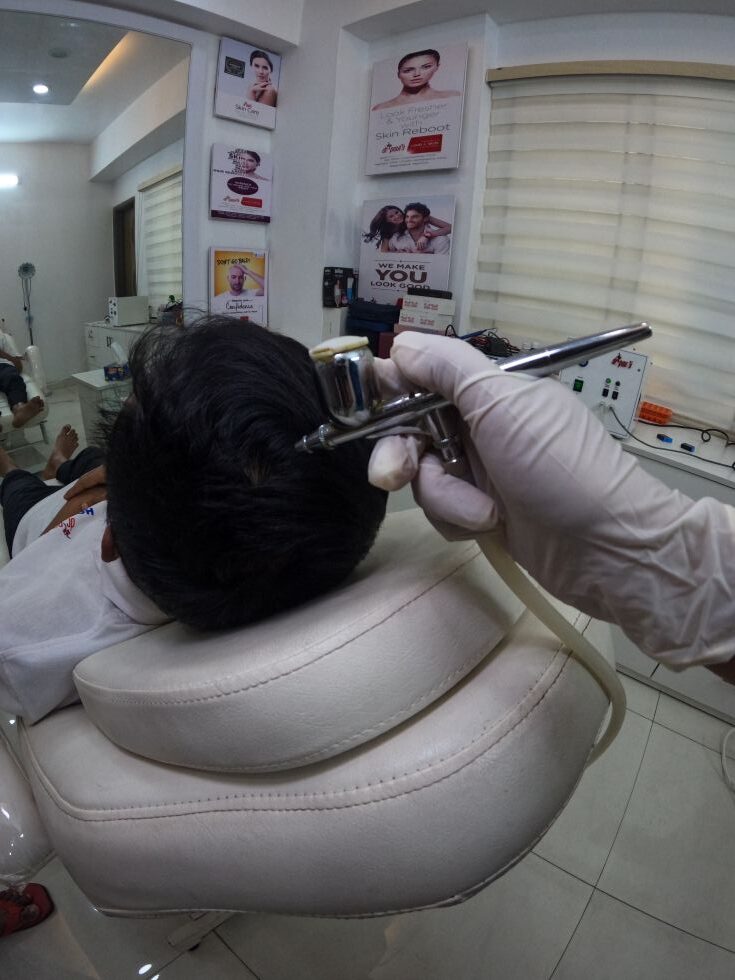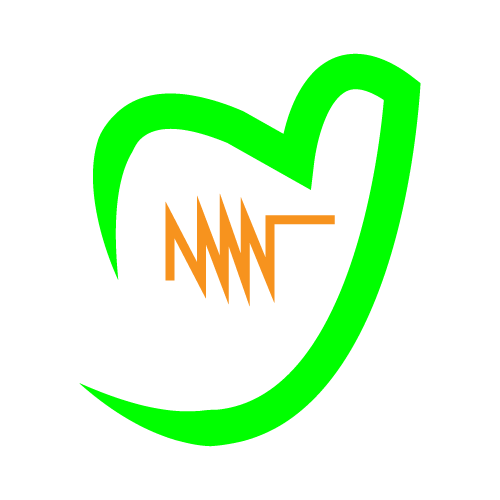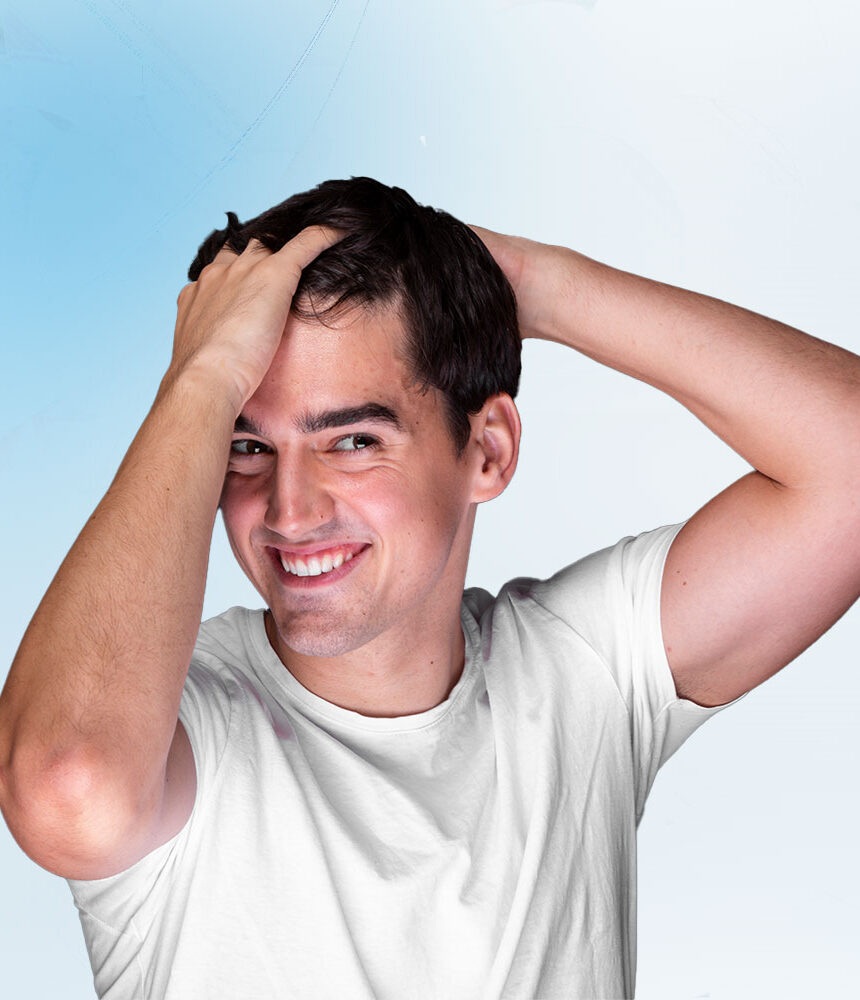Hair loss is a widespread problem that affects millions of people worldwide. Hair thinning can be attributed to genetics, aging, hormonal changes, psychological stress or budget, and could greatly affect an individual’ confidence and quality of life. This longing for hair restoration or delay of loss is what attracted people toward the best hair loss treatment. This of course can be overwhelming because you have plenty of options to choose for the one that will work best for you and your situation.
The Basics of Hair Loss Treatment: What You Need to Know
Understanding Hair Loss Before delving into the treatment options, it is crucial to comprehend the reasons behind hair loss. Hair loss can be caused by a range of factors, including:
Genetics: The most common cause of hair loss is genetic: male pattern baldness in men and female pattern baldness in women. This kind of hair loss often begins at the temples or crown, slowly advancing over time.
Hormonal Changes: Changes in hormones during pregnancy, after giving birth, or childbirth, as well as menopause or from thyroid problems can also cause thinning or shedding.
Nutritional Deficiencies: An unhealthy diet devoid of important vitamins and minerals can cause your hair to be brittle and thinned.
Stress and Anxiety: Physical or emotional stress can lead to a form of hair loss called telogen effluvium, in which hair enters the shedding cycle prematurely.
Medications: Certain medications, including those used for cancer, arthritis or depression, can have hair loss among their side effects.
Health Conditions: Some diseases, such as alopecia areata, scalp infections and autoimmune disorders, can also lead to severe hair loss.
Once you determine the root cause of your hair loss, you can start thinking about the best treatment for it. Now, let’s take a look at some of the best hair loss treatments.
Laser Treatment: The Power of Light for Hair Growth
Low-level laser therapy (LLLT): A red light non-invasive treatment to stimulate hair follicles and promote regrowth. It comes in a few different forms, like laser combs, helmets, and caps. LLLT is one of the best hair loss treatment in 2025.
How it Works: Laser therapy is said to enhance circulation, boost cellular activity within hair follicles, and stimulate new hair growth. It is usually used alongside other treatment alternatives such as Minoxidil or Finasteride as an “Adjuvant” therapy.
Platelet Rich Plasma (PRP) Therapy: Tapping Into Your Own Body’s Healing Agents
PRP Therapy: PRP therapy uses your own blood to stimulate hair growth. A small amount of blood is taken, then processed to extract the platelet-rich plasma, which is then injected into the scalp on the area of thinning. These factors are thought to encourage hair follicles to develop and to boost the production of new, fuller hair. PRP is The most popular therapy worldwide as a best hair loss treatment.
How PRP Works: Rich in growth factors, PRP can promote hair regeneration and strengthen compromised hair follicles. This procedure can be done in a dermatologist’s office, and it may take several sessions to achieve optimal outcome.
Home Remedies and Lifestyle Changes
Although the treatments above have been scientifically tested and have been shown to be safe and effective, many people choose to explore natural cures and lifestyle changes for healthy hair growth. Although hair loss may not be entirely reversible through these methods, they can promote general scalp health and control further shedding.
Home Remedies for Hair Loss:
Essential oils: Some studies have found that essential oils such as rosemary, peppermint, and lavender, when massaged into the scalp, may help with hair growth.
Biotin and Vitamins: A group of vitamins: biotin plus A, C, and E vitamins, do a lot for hair. These nutrients, when deficient, can also lead to hair thinning.
Try Scalp Massage: Massaging the scalp regularly aids in improved circulation, which then in turn stimulates hair follicles.
Balanced diet: A diet rich in protein, iron, and healthy fats is necessary for strong and healthy hair.
Lifestyle Changes:
Reduce Stress: Stress can potentially increase hair loss, so finding ways to relieve stress, like yoga, meditation, or exercise, may also help with healthy hair.
Limit Heat and Chemicals: Frequent use of heat styling appliances and aggressive chemical treatment can harm hair.
Final Thoughts: Selecting the Best Hair Loss Treatment
The right hair loss treatment for you will ultimately depend on your individual needs, habits, and cause of hair loss. If early-stage hair thinning is your issue, topical solutions like Minoxidil or oral options like Finasteride might be extremely effective. While the above mentioned methods are temporary, for those looking for a permanent solution, hair transplant surgery might be a viable option. If you are not open to more invasive treatments, you could consider something such as laser therapy or PRP therapy, both of which may achieve satisfactory results.
In addition to this, following a healthy lifestyle, including a balanced diet, stress management, and good hygiene habits will help maintain the health of your hair. Before embarking on any treatment, it is always critical to speak to a healthcare professional or dermatologist to make sure the option you are considering is tailored for your type of hair loss.
When you combine the right treatments with a holistic approach, it is possible to make significant strides toward getting fatter, healthier hair and reliving your self-esteem.
- Natural and Homeopathic Remedies: Natural oils like coconut, almond, and castor oil can nourish the scalp and strengthen hair. Additionally, homeopathic treatments tailored to individual needs can help address underlying causes of hair fall, providing a holistic approach to managing baldness.
- Scalp Treatments: There are also laser treatments available that can strengthen hair follicles and improve hair density.
- Hair Transplant Surgery: For those experiencing advanced hair loss, hair transplant surgery may be an option. This procedure involves transplanting hair follicles from one part of the body to the balding areas. While effective, it is also costly and should be considered carefully.
- Consider Medical Treatments: If hair loss is significant, consulting a healthcare professional is advisable. Treatments such as minoxidil (Rogaine) and finasteride (Propecia) are commonly prescribed for androgenic alopecia. These treatments can slow hair loss and, in some cases, promote regrowth. However, results vary, and continuous use is often necessary.
- Stress Management: Since stress is a significant factor in hair loss, finding ways to manage stress is crucial. Practices such as yoga, meditation, and regular exercise can help reduce stress levels and promote overall well-being, including hair health.
- Use Gentle Hair Care Practices: Avoid harsh hair treatments and opt for gentle shampoos and conditioners. Minimize the use of heat styling tools, as excessive heat can damage hair and lead to breakage. When drying your hair, pat it gently with a towel instead of rubbing it vigorously.
- Maintain a Healthy Diet: Foods high in protein, iron, zinc, and vitamins A, C, and D can promote hair growth and strengthen existing hair. Consider including foods like eggs, nuts, spinach, and fish in your diet.

Summary

Article Name
Baldness - Best Hair Loss Treatment
DescriptionBest Hair loss treatment for Baldness or hair thinning. Male Pattern baldness and female hair loss proven treatment benefits with homeopathy.
Author
businessads104
Publisher Name
naturalhealthcarehp
Publisher Logo

